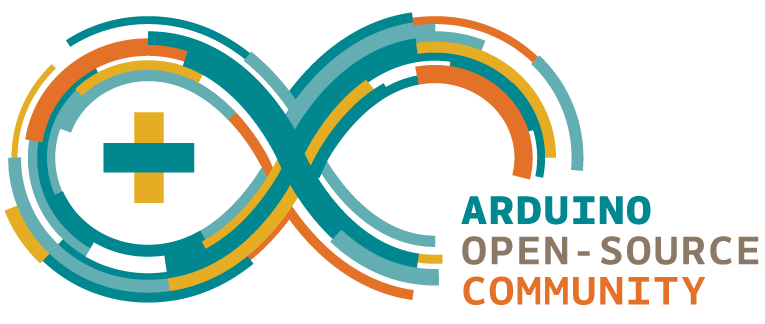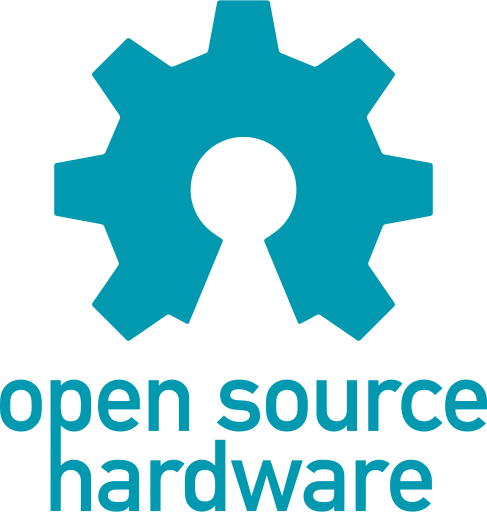Meet the Arduino
Meet the Arduino
3. Open source hardware
We also mentioned that the Arduino is an open platform, but what does that mean?

Arduino is manufactured by arduino.cc. Here is how they describe themselves:
Arduino is an open-source electronics platform based on easy-to-use hardware and software. Arduino boards are able to read inputs - light on a sensor, a finger on a button, or a Twitter message - and turn it into an output - activating a motor, turning on an LED, publishing something online. You can tell your board what to do by sending a set of instructions to the microcontroller on the board. To do so you use the Arduino programming language (based on Wiring), and the Arduino Software (IDE), based on Processing.
Over the years Arduino has been the brain of thousands of projects, from everyday objects to complex scientific instruments. A worldwide community of makers - students, hobbyists, artists, programmers, and professionals - has gathered around this open-source platform, their contributions have added up to an incredible amount of accessible knowledge that can be of great help to novices and experts alike.
Open source hardware means that information about the hardware is easily discerned so that others can make it – coupling it closely to the maker movement.
In the open source hardware movement, people share their hardware and software to the public. Source designs are shared in a format that can be modified, and whenever possible, readily available materials and open source tools are used to create the designs.

This fosters the development of new products and designs, bringing the community of users to the centre of the movement, as a great resource for learners.